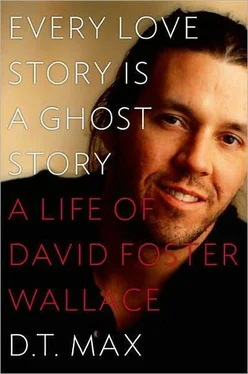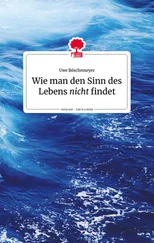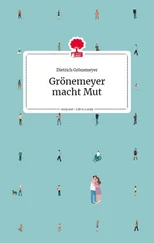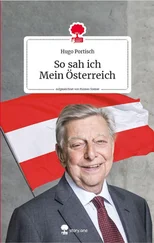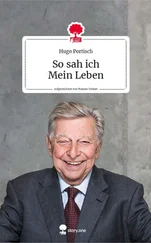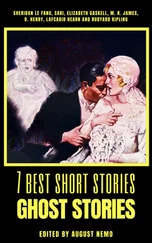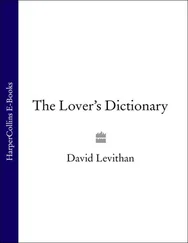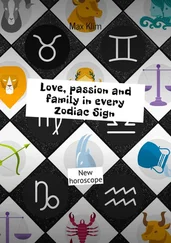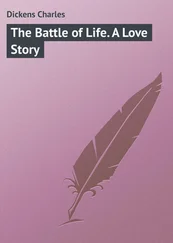The New York Review of Books soon afterward published the first major overview of Wallace’s mature work, taking a stance between impressed and skeptical and implicitly psychoanalyzing the author along the way. “The Panic of Influence,” by A. O. Scott, emphasized Wallace’s anxious relationship with post-modernism and also his expectation he could have things both ways, pursuing the questionable tactic of writing cleverly to assert the superiority of sincerity in a world wedded to cleverness. Scott also accused Wallace of fencing off all possible objections to his work by making sure every possible criticism was already embedded in the text. Brief Interviews , especially, the critic wrote, was not so much anti-ironic as “meta-ironic,” driven much like the characters in its stories by the fear of being known. This sort of writing, he continued, was clearly connected to the self-centered self-absorbed culture of late-twentieth-century America, but “does Wallace’s work represent an unusually trenchant critique of that culture or one of its most florid and exotic symptoms? Of course, there can only be one answer: it’s both.” Wallace was not pleased but he was impressed. In the margins of a draft of the story “Good Old Neon,” which he began around this time, he noted (punningly), “AO Scott saw into my character.”
Brief Interviews , though, sold well, which made Little, Brown happy and, for better or worse, helped buff the statue. Though Wallace claimed he no longer read reviews, he printed out a post by a critic for Slate’s book club to tape inside his composition notebook: “The difference: BIWHM’s just too much telling, not enough showing. He needs to combine that urge to confront what matters with his ability to spin a wonderful tale. When that book comes out, I’ll be waiting in line.”
Wallace had been mulling the possibilities for a third novel since the mid-1990s, even as he began the stories that would form the heart of Brief Interviews . The setting had come early, possibly even before the publication of Infinite Jest : he knew he wanted to write about the IRS. The agency fit well with Wallace’s Pynchonian appetite for clandestine organizations and hidden conspiracies. And like the tennis academy and recovery house in Infinite Jest , it was a world unto itself, where characters would be in charged apposition to one another. Wallace himself had had numerous small brushes with the agency over the years, usually involving trivial errors on Form 1099s that he or his accountant had to get corrected. These encounters touched off the same anxiety within him as communications from lawyers and fact-checkers. He had an idea as well of the IRS as a secular church, a counterpart to Alcoholics Anonymous in Infinite Jest . 14But, finally, he probably settled on the IRS for the most obvious reason: it was the dullest possible venue he could think of and he had decided to write about boredom.
Wallace had no direct knowledge of life at the IRS or indeed in any office — he had never worked in one — and his grasp of accounting was shaky, but he was an avid study, so, soon after the publication of his novel, he began taking classes at the university. He went from beginning financial accounting in the fall of 1996 (“Examines the nature of accounting, basic accounting concepts, financial statements, accrual basis of accounting…”) to federal income taxation in summer 1997 and advanced tax that fall. He read countless agency publications and books on accounting and the IRS, from West Federal Taxation to D. Larry Crumbley’s The Ultimate Rip-Off. He interviewed real-life IRS employees and went to Peoria, where the agency had a large facility. He boasted to Costello that he was only a few credits short of passing the state accounting exam.
As Wallace moved forward, he acquired vocabulary and context for his novel, much as he would for one of his nonfiction pieces. He used to tell his classes that a novelist had to know enough about a subject to fool the passenger next to him or her on an airplane; Wallace easily surpassed that benchmark. He learned that what outsiders called an IRS agent might actually be an examiner, an auditor, or an investigator. He read that the IRS had changed its focus in the Reagan era from an agency primarily involved with compliance to one engaged in revenue maximization; a fiscal mission had replaced a civic one. He thought there might be something in that conflict to dramatize. When something wasn’t true that would be good, he made it up. He decided junior employees were called “wigglers” or, dismissively, “turdnagels.” (This became his email address for a time, after he started using email in the early 2000s.) “‘Snout’=IRS Investigator / ‘Immersive’=Talented IRS examiner,” he wrote in a notebook. He imagined that all IRS agents got a new social security number when they entered the agency. Wallace found a prose poem by Frank Bidart that suggested a clever epigraph for this rebirth: “We fill pre-existing forms and when we fill them we change them and are changed.”
His research in pornography over the years was still on his mind. Wallace’s original conceit for the novel may have involved not just tedium but pleasure. He made notes for a plot in which a group of rich businessmen run a video porn operation. They go into business with Drinion, an IRS immersive so talented that he sometimes floats above his seat while he works. Drinion had helped seize the business on behalf of the service for unpaid taxes. He comes now to double as their male lead in the movies. His great virtue is that he is so pale that he can be digitally erased and the porn viewer can have his own image replace it. 15It was the “Infinite Jest” videocartridge one iteration further along: what could be more addictive than watching yourself act out an addiction? 16
The Bidart poem neatly connected to Wallace’s core interest in the IRS: how does it change a person’s internal life to work at something as dull as monitoring tax returns? The agents’ jobs were tedious, but dullness, in Wallace’s conceit, was what ultimately set them free. The lack of stimulation gave them a chance to open themselves up to experience in the largest sense of the word. The idea connected to Buddhism — Eastern religious practices had been a growing interest of Wallace’s for many years. (He liked to practice sitting meditation, he wrote Rich C., with “weird cultish Sikh and Buddhist groups, most of whom are very crazy in a very attractive way.”) The goal of the discipline was crucial to him — the inability to slow down his whirring mind was part of what he felt made his life so hard. As a character notes in the story “Good Old Neon,” which Wallace wrote around 2000, “What goes on inside is just too fast and huge and all interconnected for words to do more than barely sketch the outlines of at most one tiny little part of it at any given instant.” In the process of writing the novel he came to call The Pale King , 17he laid out its central tenet in one of his notebooks:
Bliss — a-second-by-second joy and gratitude at the gift of being alive, conscious — lies on the other side of crushing, crushing boredom. Pay close attention to the most tedious thing you can find (Tax Returns, Televised Golf) and, in waves, a boredom like you’ve never known will wash over you and just about kill you. Ride these out, and it’s like stepping from black and white into color. Like water after days in the desert. Instant bliss in every atom.
Wallace had explored this state briefly in Infinite Jest , partly through Lyle, the levitating guru in the weight room, and partly through John “No Relation” Wayne, the top player at the tennis academy, whose skill comes not from Wallace- or Hal-like cunning but from “frustrating mindless repetitive practice and patience and hanging in there.” 18With the help of researchers, Wallace assembled hundreds of pages of research on boredom, trying to understand it at an almost neurological level. He pulled down his Oxford English Dictionary and was intrigued to find that “bore” appeared in English in 1766, two years before “interesting” came to mean “absorbing.”
Читать дальше
